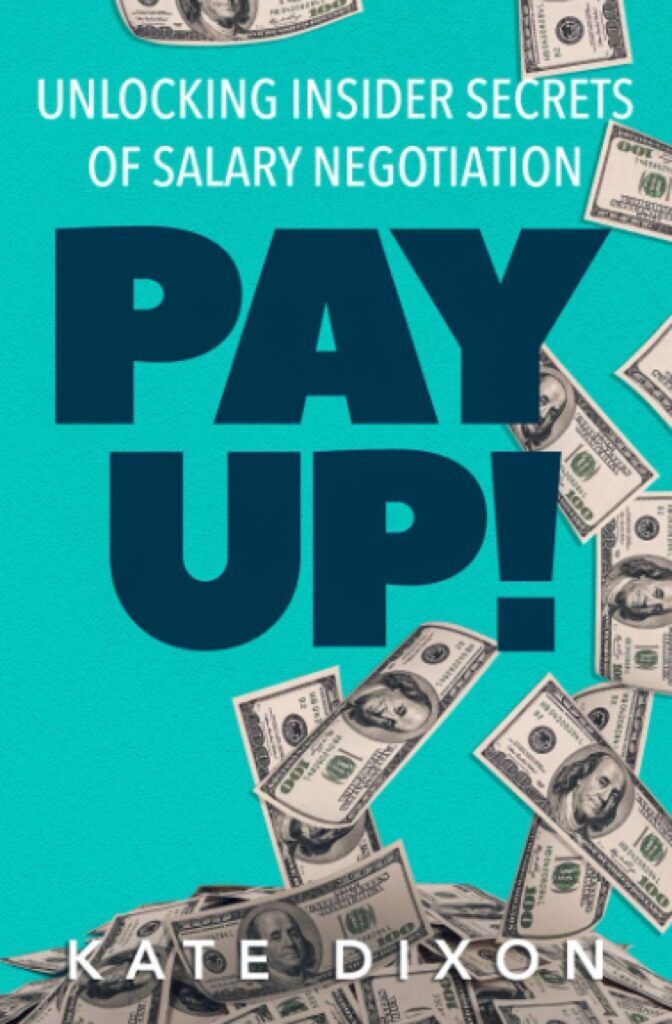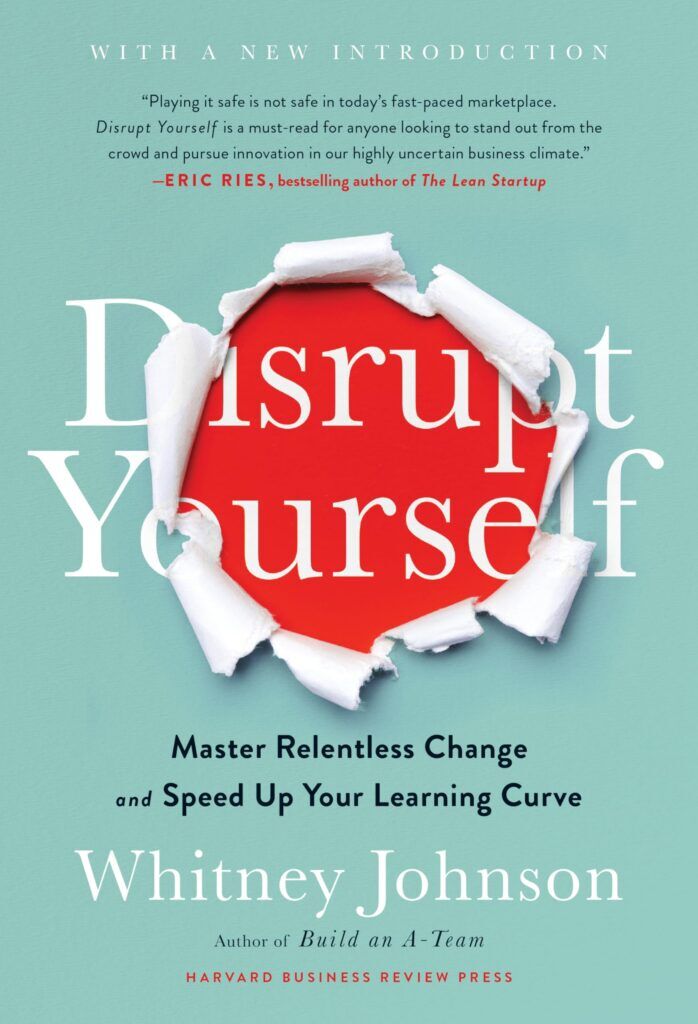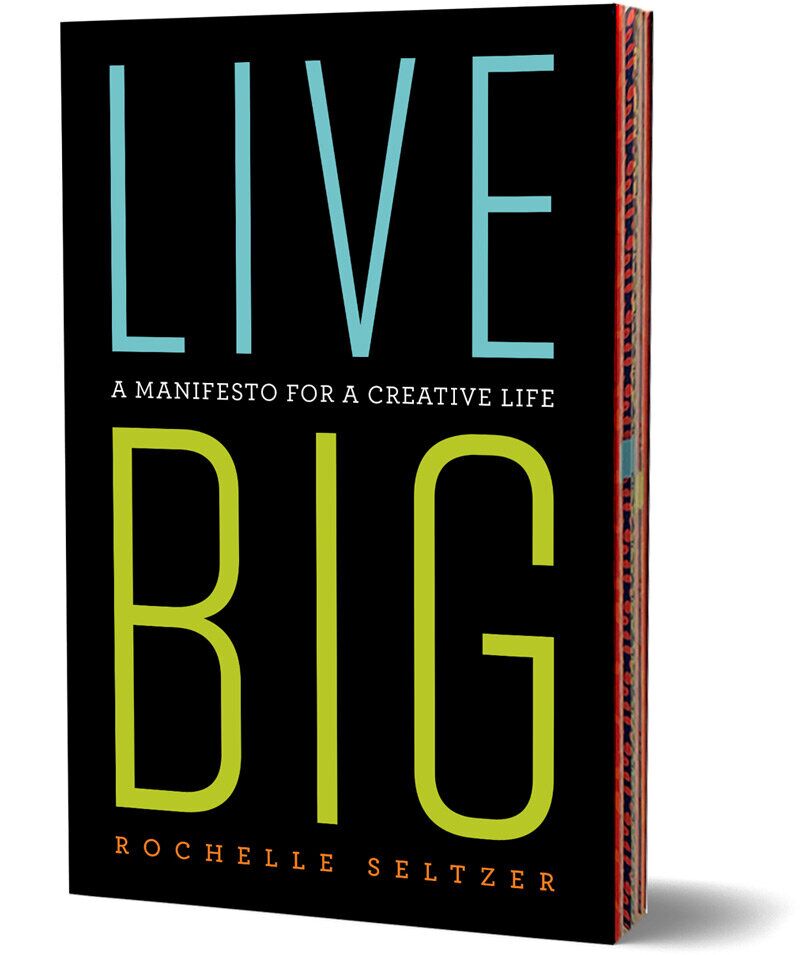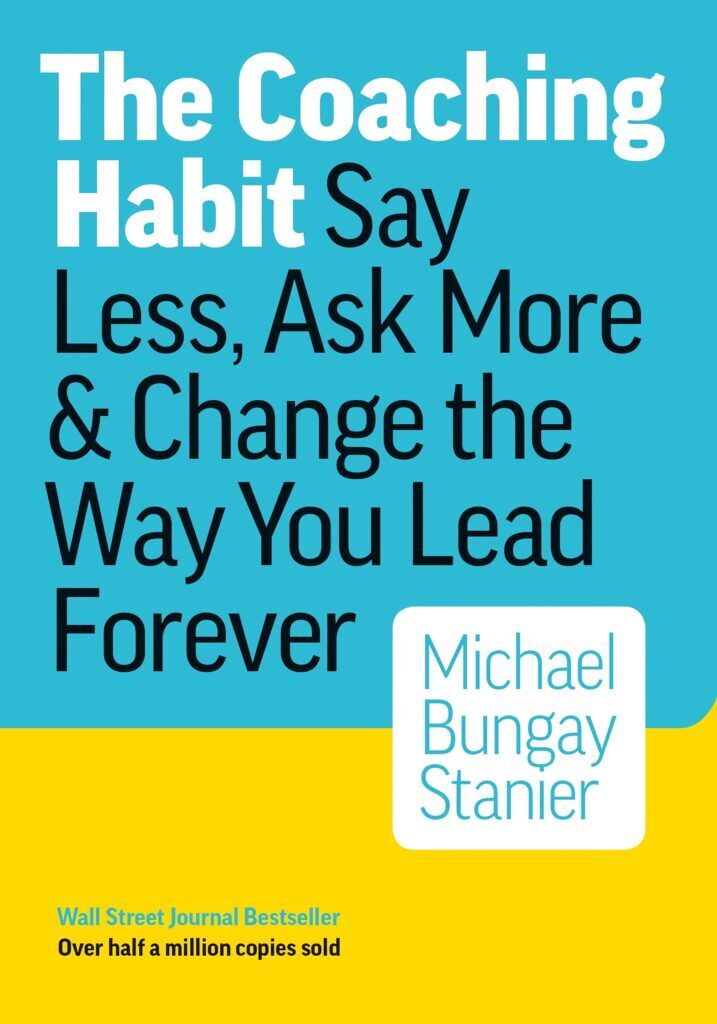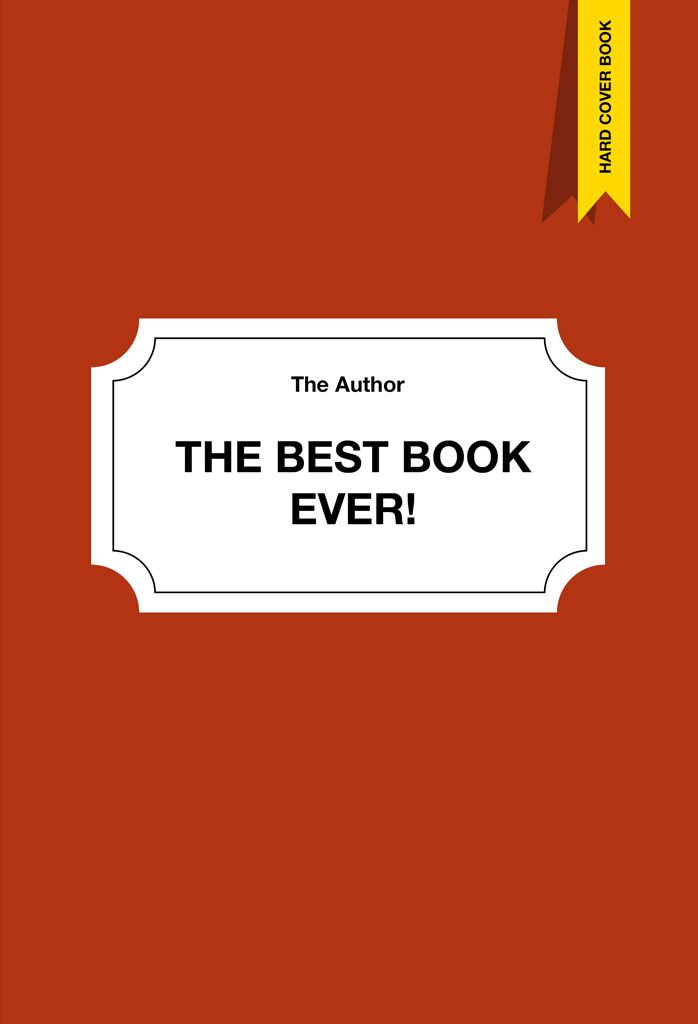
GUEST POST from David Burkus
Leaders, we need to talk about intelligence.
By now you’ve–hopefully–started to take it as seriously as many leaders of industry have been. Either way you look at artificial intelligence, good or bad, it is here to stay. And so we need to start thinking of answers for several questions at the intersection of leadership and AI.
How can it be used effectively, not just to cut costs but to supercharge productivity? How can we use artificial intelligence to supplement our solid foundational leadership? Where should we NOT be using artificial intelligence?
It’s still early in the new world of artificial intelligence in the workplace. A lot of companies are delaying hiring, some are already cutting teams to embrace the optimistic promises AI will bring. But I don’t think we should be all in…yet.
I do know one thing to be true: Leaders using AI will quickly outpace leaders who don’t. And it’s important you get equipped, and in the right way.
Artificial intelligence will make good managers better, but not mediocre bosses better
They say a great actor can bring a C+ movie script up to a B+ or even an A if they are really good. But if a C+ actor is given a C+ script, then it’s going be a C+ movie. The same goes for artificial intelligence and leadership. You need to be a great leader before you start implementing artificial intelligence. AI will not bump up a mediocre manager and turn them into a great leader. It’s not some miracle machine. The truth is you need to have your foundations as a manager be solid first. AI is a good supplement for already successful managers.
Don’t use artificial intelligence to monitor
Often the first temptation of leaders experimenting with AI is to find a productivity AI tool out there, plug it into their IT systems, and start virtually looking over their team’s shoulders to monitor output. There are already dozens of stories…horror stories…of companies doing just that. And it’s not a good look, and deeply hurts morale.
If you need a technology tool to ensure your people are actually working when they say they are, you screwed up a long time ago—back during the hiring process.
And the current research on this isn’t in artificial intelligence’s favor. If AI is used to “collect and analyze data about workers,” then eight out of ten workers say AI use on them would definitely or probably make them feel inappropriately watched. In addition, about a one third of the public does not think AI would lead to equitable evaluations. A majority also agrees this would lead to the information collected about workers being misused (66%).
Artificial intelligence is good at turning anything and everything into a metric. Time is an easy metric. Number of sales calls is an easy metric. Messages on slack is an easy metric. How often you move your mouse is an easy, and terrifying, metric. But just because you have easy numbers to pull on your team doesn’t mean they are the right metrics to be pulling.
Leadership is really about people, not the metrics. How you solicit and give feedback is important. How you support and grow individual employees is important. Inspiring your team and being transparent is important. If you monitor your team endlessly, and your team knows that you’re outsourcing the process of harvesting that data with artificial intelligence, it creates distance between you and them.
And that ultimately works against you in the long run. People don’t like leaders who seem far from them and far from…reality.
Become fluent in artificial intelligence, or risk getting lost in translation
There’s some interesting data from Deloitte on AI that came out in Spring 2024. Organizations reporting “very high” Generative AI expertise expect to change their talent strategies even faster, with 32 percent already making changes. According to their findings, a lot of companies are redesigning work processes and changing workflows to integrate AI at different points.
You’re probably already experiencing this with Google, Microsoft and others integrating artificial intelligence into their core products like email and chats.
Another big focus is going to be on AI fluency. Deloitte found that 47 percent of respondents are dedicating time towards it. The leadership who gets educated on AI early, and keeps training consistently on as it develops, will be the best equipped to shepherd their teams going forward. It’s inevitable that career paths and job descriptions are going to evolve. It’s up to you to stay current.
You NEED to know what the technology is, how it’s being used, and how it’s helping those you’re serving. Be it clients, customers, the public–whomever. Saying you just typed some words into a text box and out came some more words….is not a good answer. Or a good look for you. You sound like you’re treating it like magic, when it’s actually just code.
Turn your conversations and meetings into a database
Middle managers spend a lot of time, arguably too much time, sending progress reports up the chain to the C-Suite and marching orders down to the individual contributors at the bottom. And there’s a fair amount of investigating to find out where things really stand, and time can be spent having to meet multiple people to get all the correct and current information. This is a time slog.
Meanwhile, there are dozens of AI tools now that just take notes. Notes from meetings. Notes from calls. They take the transcript and pair it down to the key takeaways, action items, attendance –a full brief for your records.
So, instead of asking someone to take notes during a meeting or having all your notes in the chat only to evaporate once the zoom call ends, you have a searchable document that you can reference, build on, and keep track of. New hires can use the database to catch up, and senior leaders can get a quick read of the progress and where everything stands.
Use AI/Chat bots to offload small, clerical questions
Here’s a situation: You run a small team and maybe you have a few new hires. You’re going to get a bunch of clerical questions from them over their first 90 days. That’s normal. That’s how it’s supposed to be. Onboarding takes time. “Who’s the point person for this? What’s so and so’s email from HR? What’s the policy for remote days at the company?”
Here’s where artificial intelligence can be really useful. Depending on the sort of chat platform you use– Slack, Teams, whatever, you could make a simple chat bot that you upload a full archive of the company’s policies and your own team norms, clerical details– everything new hires will probably ask you about. So, when those quick questions, quick stop-and-chats happen, the chat-bot can take care of that.
This shouldn’t subtract your time with your new hires. This just subtracts the lower stakes conversations. Now, you have more time for the high-level conversations with them. More coaching. More mentorship. More progression towards team goals. It might sound simple but…that’s because it is.
Use AI as an audience for decisions before taking them public
Being in a leadership role requires making decisive decisions. You include feedback and perspectives from your team as much as possible. Do the research. Talk to people. But then comes the actual decision making. And that is often just you, alone, with your thoughts.
Instead of making your pros and cons list, one practical thing to try is inputting proposed decisions or actions in an AI tool and then asking for all the counterpoints and possible outcomes.
You could even scale this out to your whole team. Ideally, teams should be leveraging task-focused conflict in team discussions to spark new and better ideas. But conflict can be tricky. So, what if AI is always the devil’s advocate? As your team is generating or discussing ideas, you can be feeding those ideas into an AI tool and asking it for counterpoints or how competitors might respond.
Don’t let it make the decision for you but do let it help guide you to possible solutions.
Get the legal clearance before going too deep
One last disclaimer: check with your human resources or your senior leadership, your informational technology (IT) people—or honestly, all of them—to know the boundaries you can work within when using AI tools.
Many of the tools out there are free and still in beta mode or come with a small fee. And most of the larger AI companies are taking whatever data you input and using it to better refine their product. Your company may have rules on the books about data privacy. Certainly, if you work in legal, healthcare, or government services, you’re dealing with sensitive data that may be protected.
Get clear answers before using any AI tools. Until someone above you with authority gives you the OK, you should probably just play with the tools on your own time with your own personal projects.
Conclusion
Artificial intelligence is just getting started in the workplace. And it’s all playing out in real time. If you’re a manager starting to get your hands dirty with these new tools, acknowledge to your team that this is all a work in progress and the norms around AI are likely to evolve. Be sure to keep the playing field level with your team. Practice that transparency, onboard everyone to the tools you’re using and that they can use and see where this takes you. Remember, AI, at its best, is here to enhance our human capabilities, not replace them.
AI will never take the place of a great boss…. but it might be better than being managed by a bad one.
Image credit: David Burkus
Originally published at https://davidburkus.com on September 9, 2024.
 Sign up here to get Human-Centered Change & Innovation Weekly delivered to your inbox every week.
Sign up here to get Human-Centered Change & Innovation Weekly delivered to your inbox every week.

![]() Sign up here to join 17,000+ leaders getting Human-Centered Change & Innovation Weekly delivered to their inbox every week.
Sign up here to join 17,000+ leaders getting Human-Centered Change & Innovation Weekly delivered to their inbox every week.
 Drum roll please…
Drum roll please…






